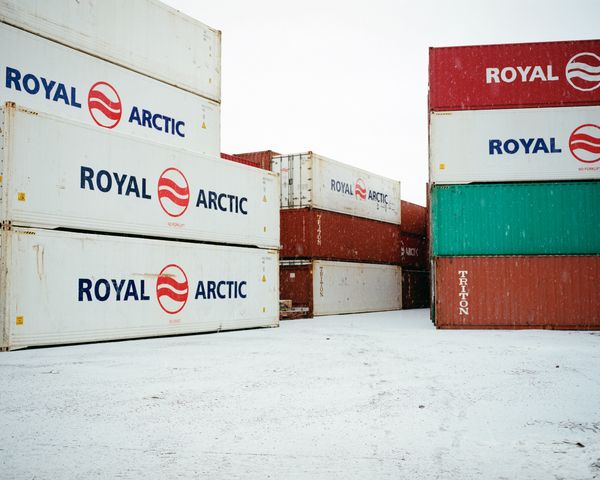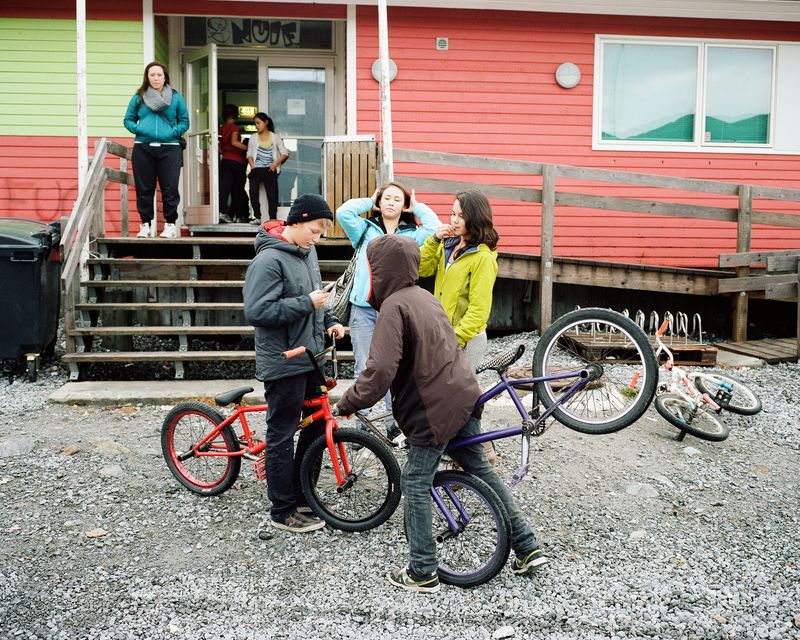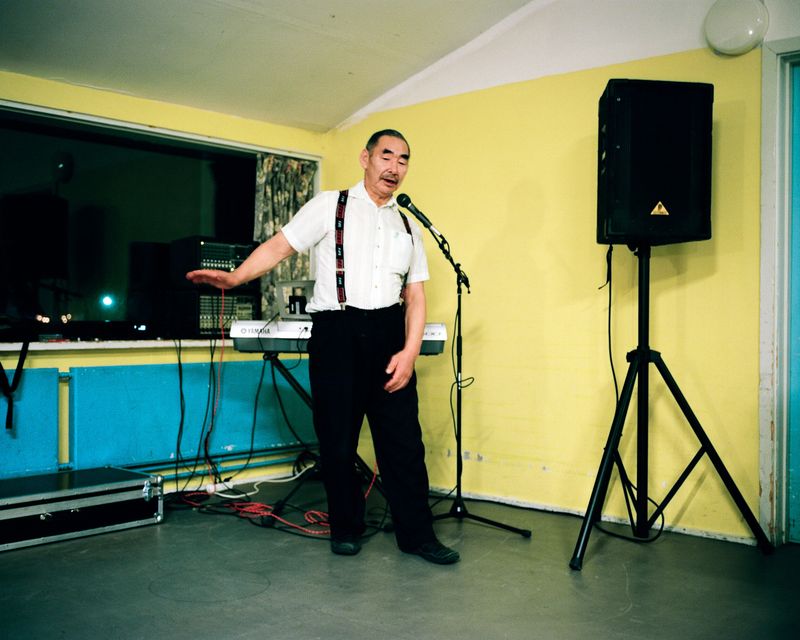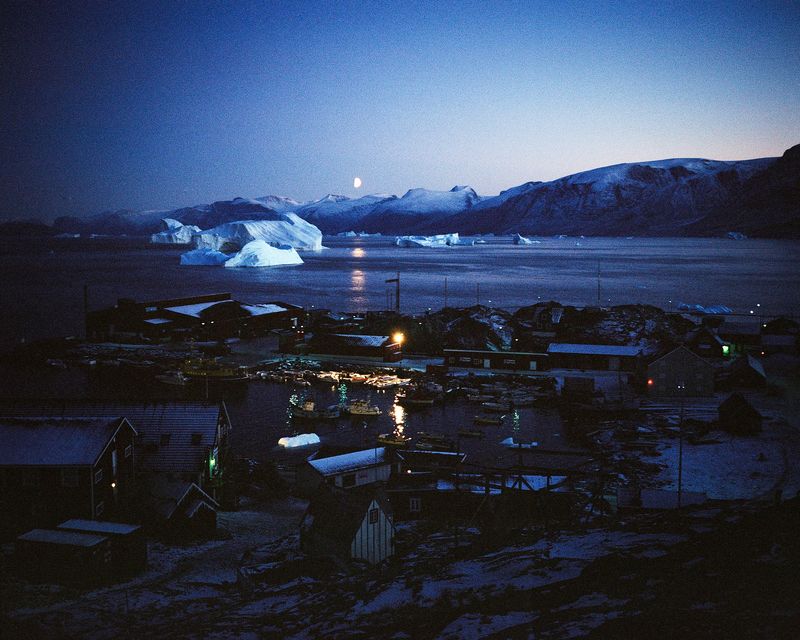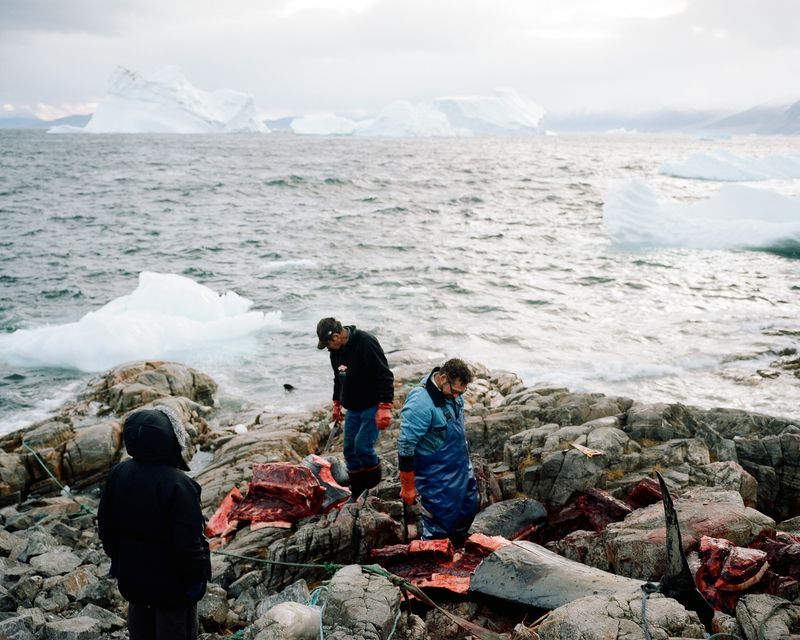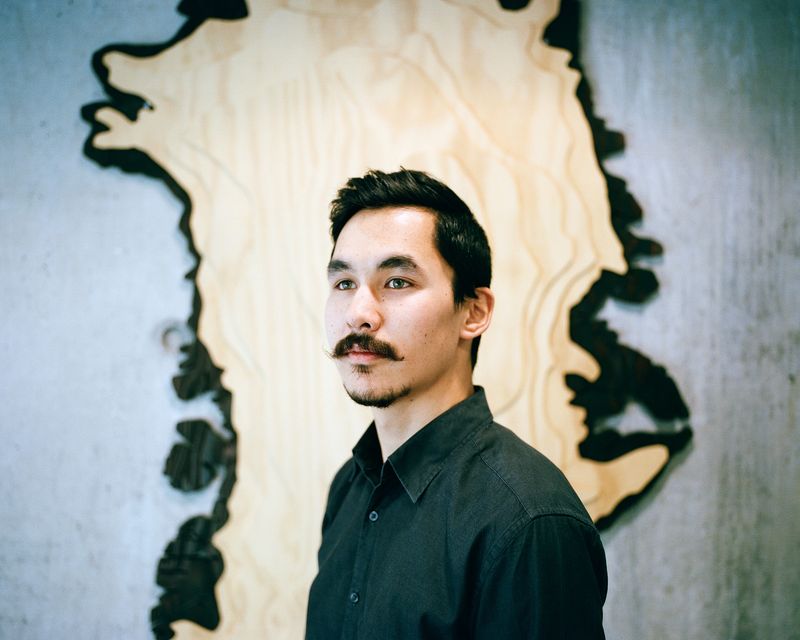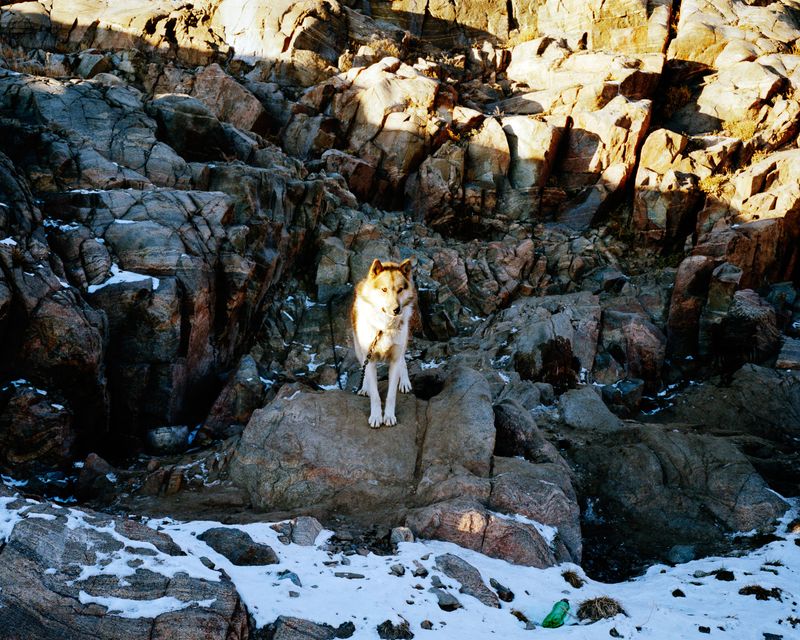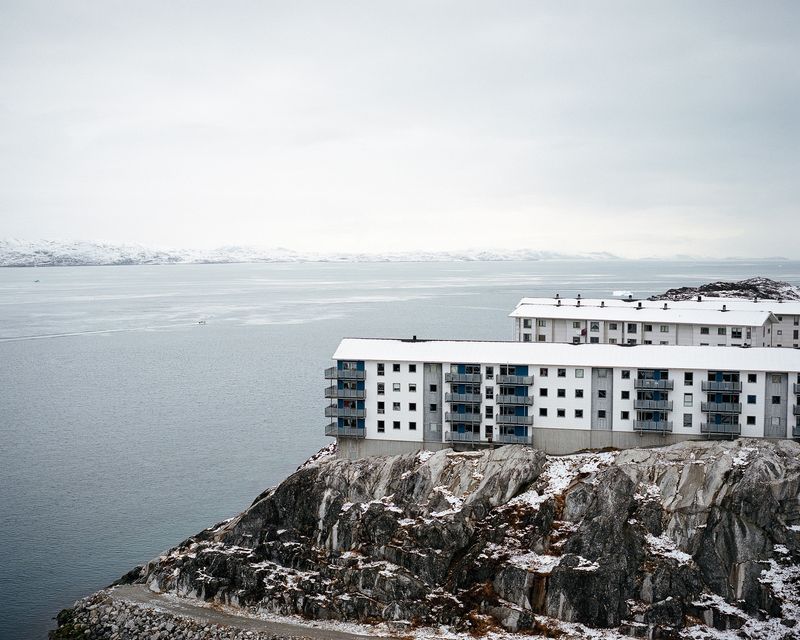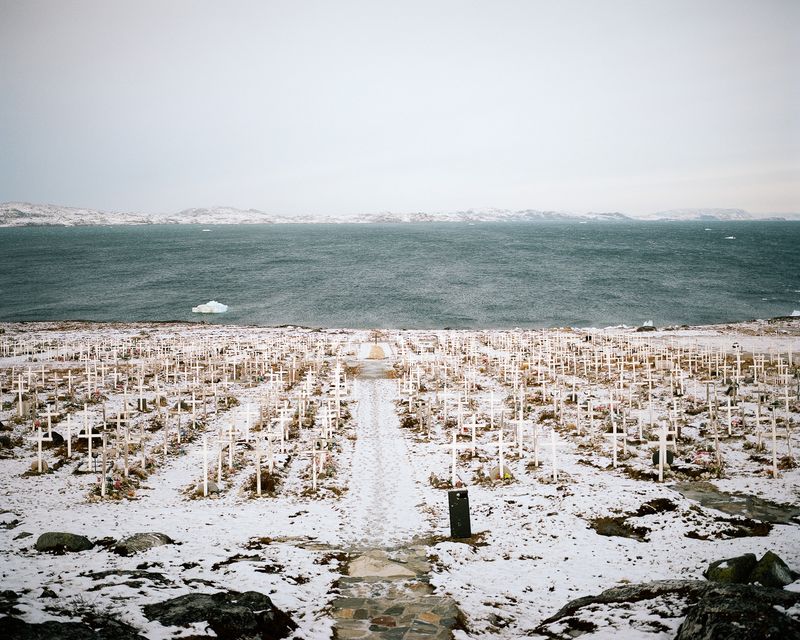Whiteland
-
Dates2012 - 2012
-
Author
- Topics Daily Life, Social Issues, Documentary
- Location Greenland, Greenland
Greenland is going through very important changes. Within two generations Greenlanders went from a traditional hunting and fishing life to a western-like way of life. How do youngsters coop with this?
Greenland is going through very important changes these recent years. Within two generations Greenlanders went from a traditional hunting and fishing life to a western-like way of life. How do youngsters from Greenland coop with this mutation?
Greenland draws attention of many because of its geostrategic situation. The land holds oil, gas, rare earth, uranium and other minerals in large quantity as well as fresh water. The think-tank named «Club of Rome» forecasts that thanks to this, Greenland might become independent from Denmark within the next 5 to 10 years (2012). A report from this think-tank says that «the new mineral discoveries have the ability to transform the ice capped island in the Saudi Arabia of the Arctic».
At the same time, Greenlanders are facing heavy social issues. Statistics shows that Greenland holds the world largest suicide rate. This «epidemic» mostly affect youngsters. Even if the researcher Jack Hicks (Canada) says that since few years, thanks to an improving healthcare system and a better education, the suicide rate started to decline. But specialists still deplore the high suicide rate among youngsters.
The Greenlandic youngsters of today will belong to the world leaders of tomorrow. While living this today’s social issues, how do they feel about this tomorrow’s challenges? How do they foresee these transformations? How do they imagine their future in this new Greenland? Why are they now going through this crisis?
Greenlanders deeply live in the present. This questions remain with no answer. But one thing is certain: they do have a great sens of adaptation.

